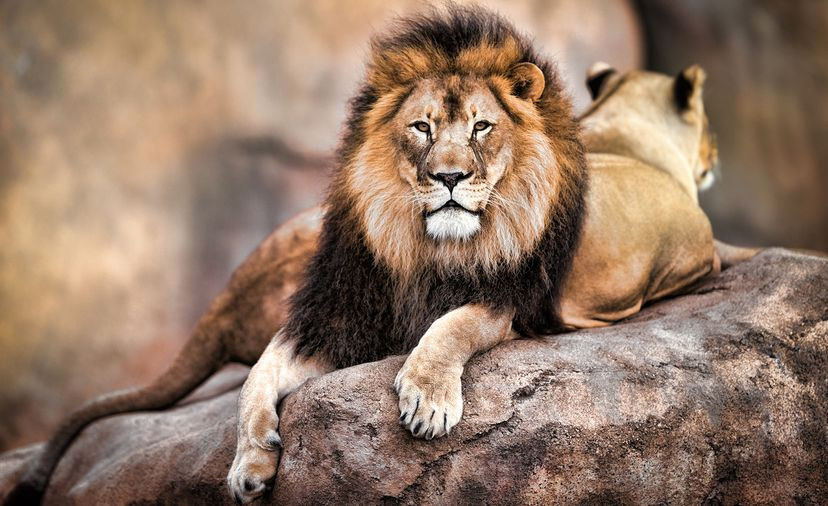 A majestic African lion resting in the savanna
A majestic African lion resting in the savanna
The African lion, often hailed as the ‘king of the jungle,’ holds a prominent place in our understanding of the biggest cat species on Earth. While the tiger might contest for the title of the absolute biggest, the African lion stands out as an icon of strength and social complexity within the large cat family. These magnificent creatures, found primarily in sub-Saharan Africa, command respect and awe, reigning as apex predators in their savanna and woodland habitats.
Size and Stature of the African Lion
When exploring the realm of the Biggest Cat In The World, the African lion presents compelling dimensions. Male lions typically weigh between 330 to 570 pounds (150 to 258.5 kilograms), showcasing their robust build. Females, while smaller, are still substantial, ranging from 265 to 400 pounds (120 to 182 kilograms). In terms of length, a male lion can measure up to 8.3 feet (2.5 meters) from nose to tail, a considerable size that contributes to their imposing presence as one of the biggest cats. The iconic mane of the adult male lion, varying in color from light blonde to deep black, not only adds to their majestic appearance but also signals virility and status within their social group.
Habitat and Distribution
As a contender for the biggest cat title, the African lion’s domain is largely concentrated in sub-Saharan Africa. Their adaptability allows them to thrive in diverse environments, from the open savanna grasslands to more wooded areas. This wide distribution across the African continent underscores their ecological significance and their role as a dominant species in these ecosystems, further solidifying their status among the biggest cats in the world.
Social Behavior: Prides and Hunting
Lions distinguish themselves from other big cats, including rivals for the title of “biggest cat in the world,” through their highly social nature. They live in groups called prides, a unique social structure among felines. These prides, typically consisting of related females, their cubs, and a small group of males, work cooperatively for survival. This social organization is crucial for hunting large prey and defending their territory, behaviors that are essential for maintaining their position as apex predators and one of the biggest cat species.
Conservation Status and Threats
Despite their iconic image and status as one of the biggest cats, African lion populations face significant challenges. Classified as vulnerable by the IUCN Red List, their numbers are declining due to habitat loss, human-wildlife conflict, and reductions in their prey base. Understanding these threats is crucial for conservation efforts aimed at protecting these magnificent animals and ensuring that the African lion continues to roam as one of the world’s biggest and most iconic cats for generations to come.

